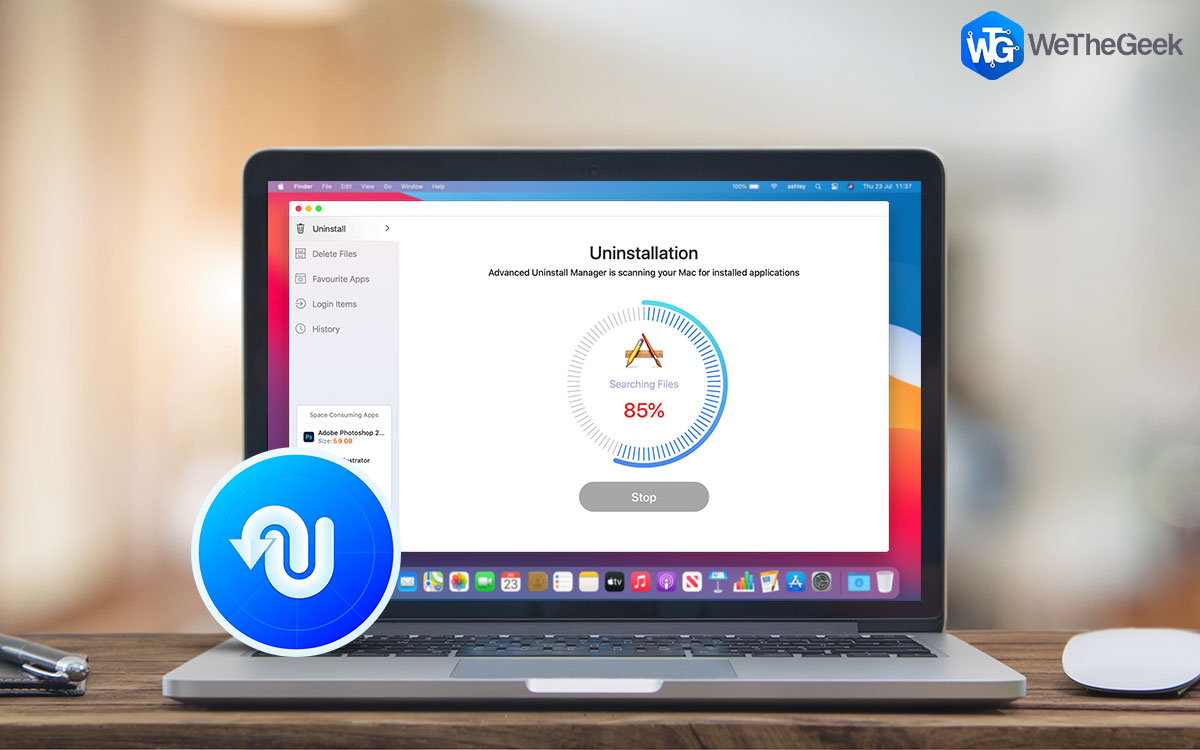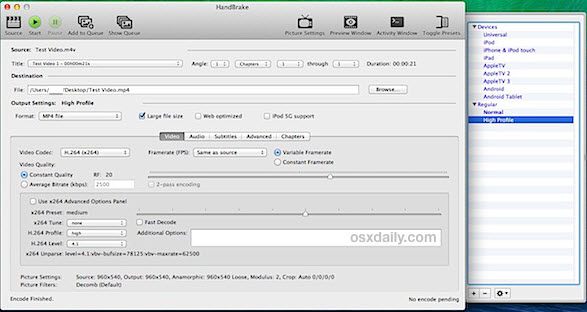

- Best os x software 2017 for mac#
- Best os x software 2017 mac os#
- Best os x software 2017 update#
- Best os x software 2017 portable#
Many people rely on the convenience of free WiFi solutions available in public places, but when you connect to these networks, you may be putting your privacy at risk. The problem is that these public internet access hubs tend to be unsecured and lurked by hackers. MacBooks are valuable tools for professionals and students and it is likely that you use yours in public places like coffee shops and airports. In addition, it is important to keep in mind the online threats that could compromise the security of Mac users. Although many security issues were addressed and fixed in El Capitan, there are still some vulnerabilities present.
Best os x software 2017 for mac#
While Apple’s operating system for Mac is considered by many as more secure than Windows, the truth is that it is also affected by security weaknesses.
Best os x software 2017 update#
The last update of El Capitan was 10.11.6, which was released on May 15th 2017. Up until then, the operating system for Macs was known as OS X, but when Sierra (version 10.12) was introduced, Apple started calling it macOS to match the rest of its operating systems including iOS.
Best os x software 2017 mac os#
It removes the 4GB file size limit and the 2TB partition size limit of FAT32 drives and is generally considered a better alternative for flash storage.Originally released in 2015, El Capitan is the last version of Apple’s operating system designated as Mac OS X. While you can only use an Apple file system like APFS and Mac OS Extended for your main system drive, another file system is also worth considering for external drives-ExFAT.ĮxFAT is an older file system from Microsoft, intended to replace the even older FAT32 file system used with Windows system drives before the switch to NTFS in Window XP. You can format a drive with HFS+ using the macOS Disk Utility app, which you can launch from the Launchpad ( Other > Disk Utility). With that in mind, and for cross-compatibility, you may decide to use HFS+ over APFS. If you’re using an older, mechanical drive with a disk platter, those enhancements may seem largely minimal or non-existent.
Best os x software 2017 portable#
Many of the speed and performance enhancements that APFS brings rely on using a high-speed SSD or portable flash memory drive. Other than functionality, however, there are still a few legitimate reasons why you’d choose HFS+ over APFS-the biggest reason depends on the type of drive you use. You’ll also need to consider Mac OS Extended if you’re using older and newer Macs together, as older versions of macOS won’t support APFS.

You’ll need to use HFS+ if you plan on formatting a second hard drive or portable flash drive for use as a Time Machine backup-APFS drives won’t work. While Mac OS Extended (HFS+) is no longer the default file system for macOS installations, it hasn’t been completely abandoned by Apple, and it’s still a useful option for macOS users under certain conditions.Īs we’ve mentioned, HFS+ is the default file system of choice for macOS Time Machine backup drives.

Choosing Mac OS Extended (HFS+) for Hard Drives However, for most users, APFS is the only file system they’ll need or want to use – but only if they’re (only) using modern Mac devices. If you attempt to use an APFS-formatted drive, macOS will want to format it to HFS+ before you can proceed.Īlong with APFS and Mac OS Extended (also called HFS+), you also have other file systems that can be used for external drives, including cross-platform options like ExFAT. macOS continues to use the HFS+ file system for Time Machine drives for the time being. If you back up your Mac using Time Machine, you won’t be able to use APFS, either. If you have an older Mac, you’ll need to keep using Mac OS Extended or use an alternative like ExFAT instead. The biggest downside to using APFS is that Macs with older macOS versions (macOS 10.12.6 Sierra and older) can’t read, write, or otherwise access drives that use it.


 0 kommentar(er)
0 kommentar(er)
